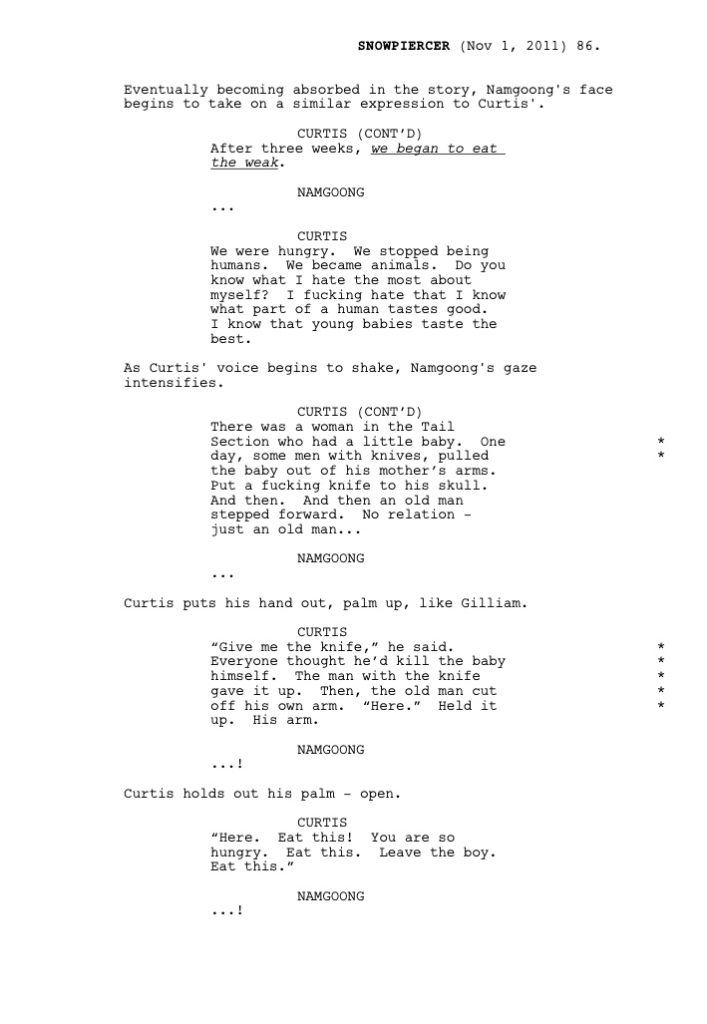
My German Expressionist Character was inspired by an illustration of Count Orlock from Nosferatu
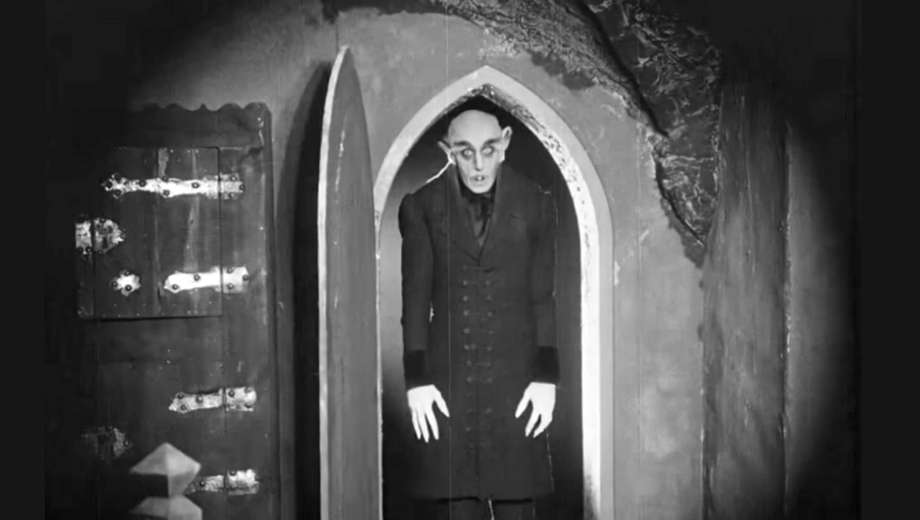

My German Expressionist Character was inspired by an illustration of Count Orlock from Nosferatu

In the final scenes of the film the camera pulls back to reveal the true scale of how much Charles Foster Kane owned. In this whole scene the camera has an omnipotent perspective as it rises high above the people gathered in the entirety of Mr Kane’s possessions. The final words spoken in the film reflect the story as a whole; “…No, Mr Kane was a man who got everything he wanted, then lost it. Maybe ‘rosebud’ was something he couldn’t get or something he lost. Anyway it wouldn’t explain anything.” these words act as a synopsis of the film up until this point. The most pivotal words of the film are then spoken: ‘I don’t think any words can describe a man’s life’ These words carry so much weight in the context of the film as it explains the futility in trying to understand who or what ‘rosebud’ was.
As the dialogue continues the camera remains slowly moving backwards revealing more and more of the Kane estate.
Then we dissolve to a high angle shot of the whole room and all of its contents, The Mise en Scene of this shot is unlike anything seen at the time or even today, the chiaroscuro lighting enhances the shadows to look like towering skyscrapers, the penultimate dissolve pulls us back farther and higher, the trinkets, statues and objects in Mr Kane’s collection look more like a real city, a maze, a labyrinth that one could spend days exploring fully.
The final dissolve brings the camera back to a smaller scale and a less overwhelming size, although we cannot see the room as a whole anymore the detail remains as intricate as before,yet more visually manageable,specific objects have become much more detectable such as chalices placed upon crates alongside ornate vases.
The camera sweeps over these objects at a slow,looming and methodical pace, as we travel across the room the music begins to swell and remains mysterious, as the camera approaches the object of our attention it begins to angle downwards and then there’s the reveal. what the film has been about this entire time, reached the final destination. A sled, with the inscription: ‘Rosebud’.
Although the final reveal is somewhat anticlimactic in a general sense, the meaning behind our final reveal is deeply meaningful and profoundly touching.The sled is the same sled from Kane’s youth, although it seems like the sled is yet another one of Kane’s meaningless trinkets in his collection, it represents a time from his past when he was truly happy, before his wealth and success and failures,pure unadulterated and unencumbered childhood happiness,to me this is incredibly touching and is why this is my favourite scene of the entire film.
The group project although was completed, it had many difficulties such as unintentionally ‘crossing the line’ and the acting could have improved. However the quintessential essence and mood of the scene, as it is still best friend tries to council friend with corny dialogue that benefits the comedy of the film.
Why was DW Griffith’s film ‘Birth of a Nation so successful when it was released in 1915 an why is it so controversial now?
Birth of a Nation was so successful because it was the first 12 reel silent film, each reel was around 11 minutes bringing this film to around 3 hours long. This was the longest film available at the time. The film would have been accompanied by a theatre organ because it was able to make a large range of different sounds. However, this film is considered quite controversial now because the film is explicitly racist and is about american supremacy. Slavery had just been abolished but southern states was entirely against this. The now free slaves are now being represented as a threat to the economy and to society. Some actors would paint their faces black for the film and are represented in the film as rapists, drunks and criminals. The KKK had died out before the making of this film but was inspired after and the KKK grew to around 4 million after the film.
Who were Buster Keaton and Charlie Chaplin and are they still considered to be great cinema practitioners? Name at least one film made by each director.
Charlie Chaplin: He was a British comedy actor and director. He became world famous through his alter ego, “The Tramp” which depicted the poor which Russia at the time could tolerate as the communist government didn’t support the rich, which was a reason why Keaton wasn’t liked in Russia. He was also known for his dangerous stunts and his unpredictable style of comedy which the audience received well. On film that he directed was “The Kid” in 1921.

Buster Keaton: He was an American film director and comedian and was commonly known as the “Great Stone Face” in silent film because he would always use dead-faced expressions and for his creative and inventive visual comedy. One film that he directed was “Sherlock Jr.” in 1924.

Which Technique we are using (from list) –
Chiarascuro Lighting and Backlit Subjects
Where We Are Shooting (Location) –
In the media studio
Who We Are Shooting (Subject) –
We are shooting Torin hand Ebony a document
What Specific Meaning We Are Trying To Achieve In Relation To Storytelling –


The script was formally created by my fellow group member, Catalina but information was provided by all group members.
Verisimilitude means to be believable, or having the appearance of being true or real. Some of the best examples I have found recently are within three films, these are:
Interstellar

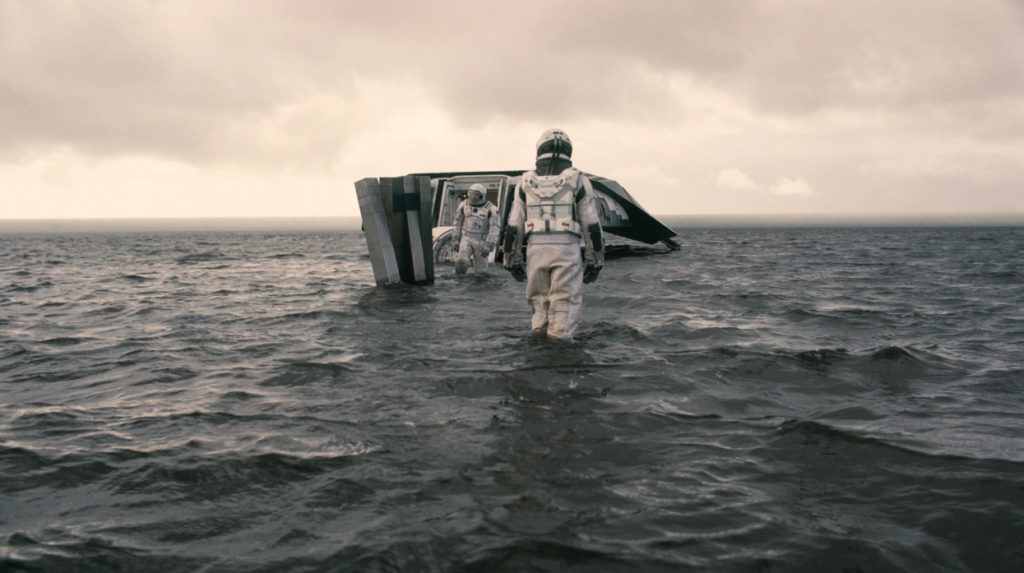
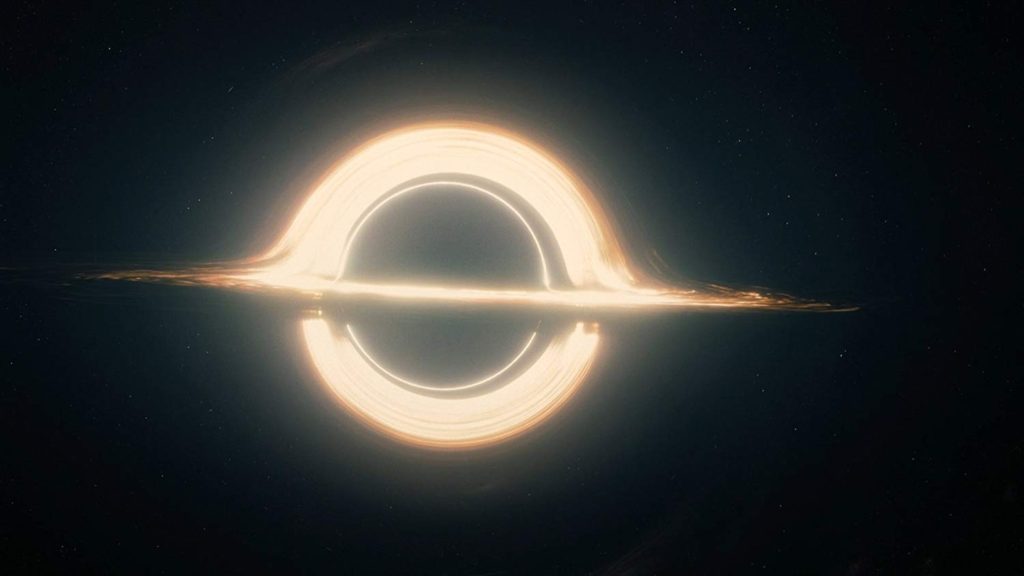
Nightcrawler
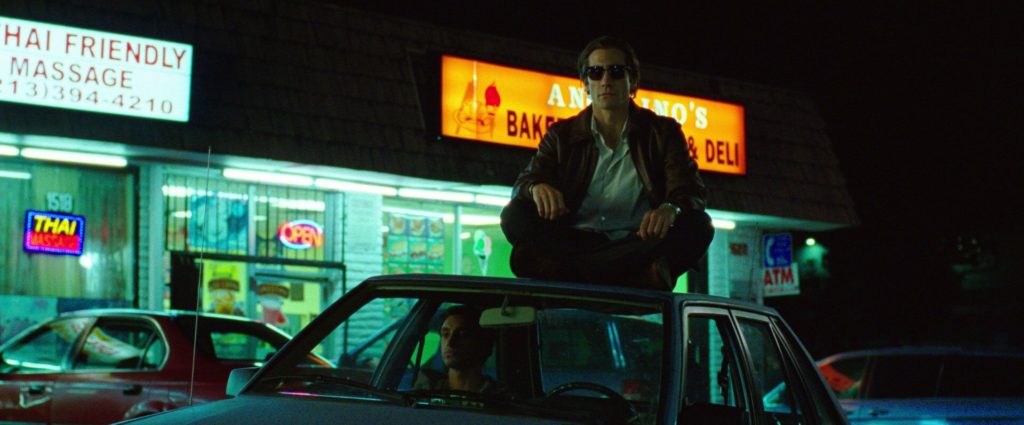

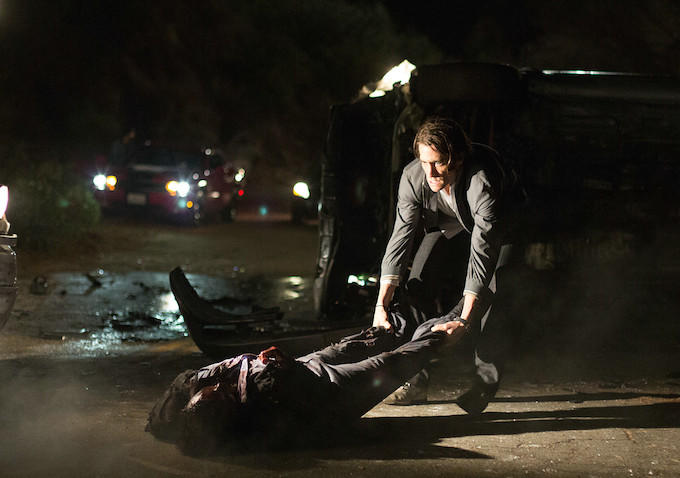
Birdman
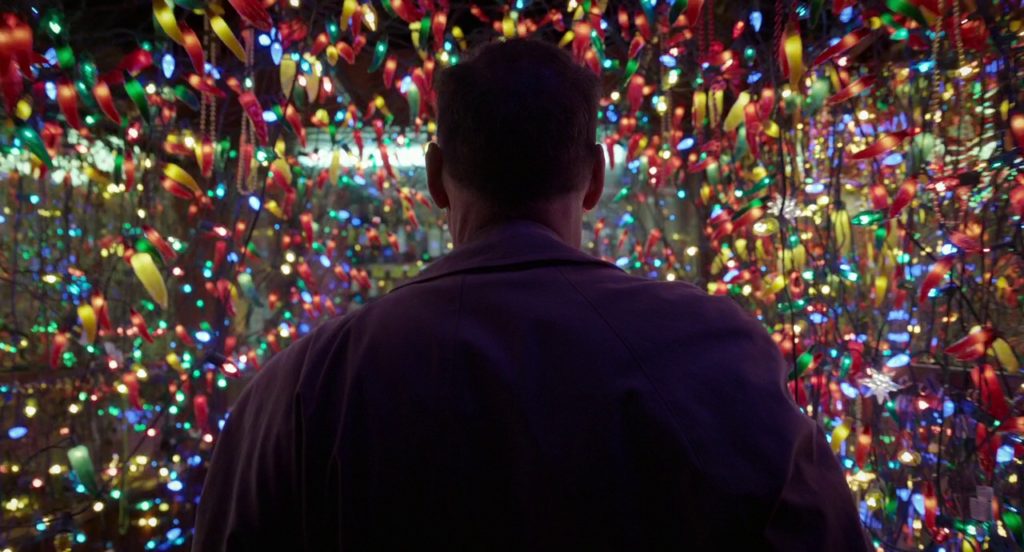
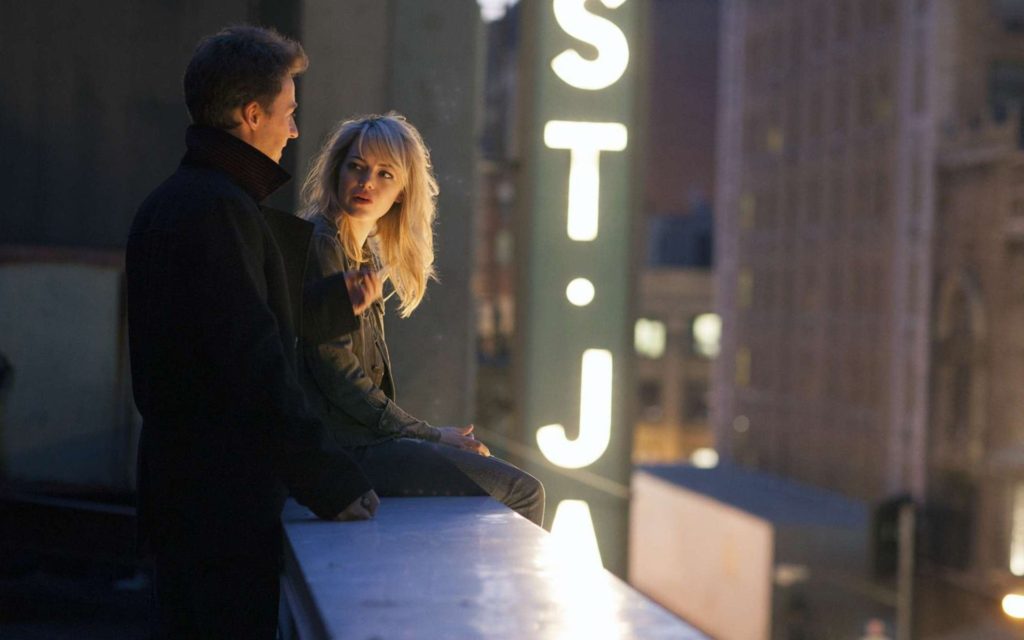

An example of a diegetic scene from film is any omniscient camera angle
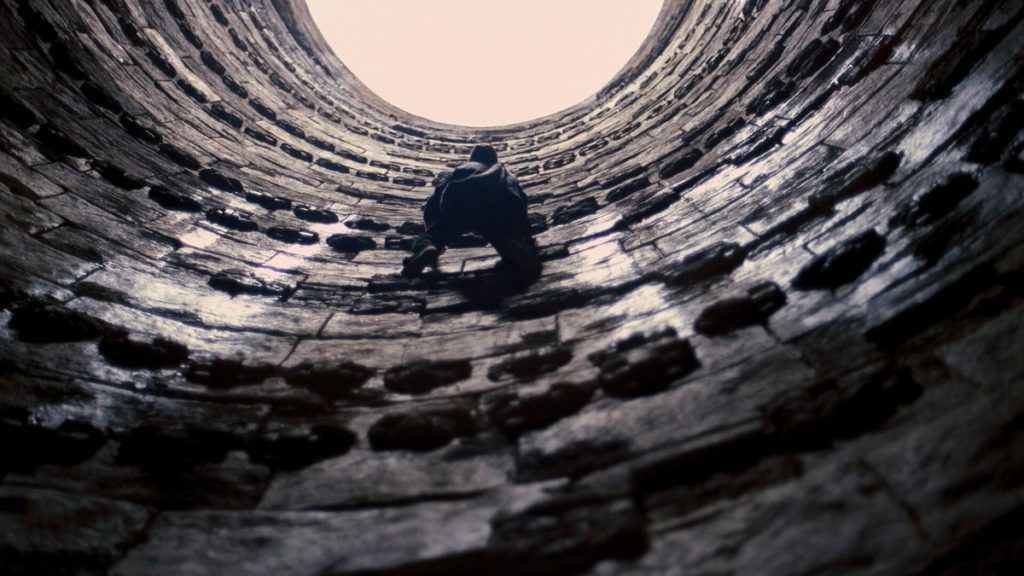
an example of intra-diegetic is the opening scene in the original Halloween. the camera follows the peraspective of a young micheal myers, the camera moves through the house and tension mounts throughout the scene until Myers finally commits his first murder.
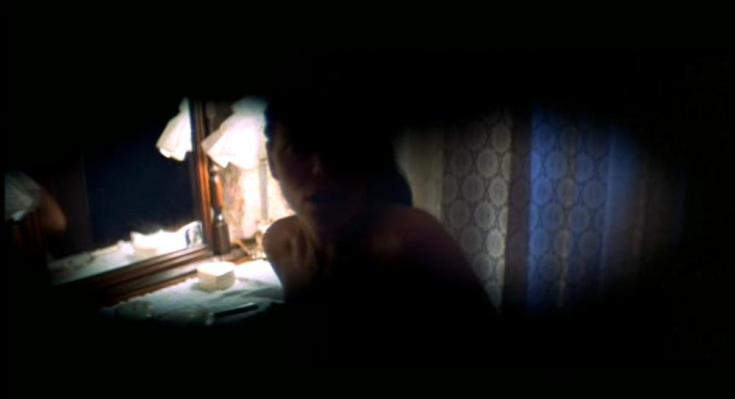
An example of extra-diegetic is from Fight Club in which Edward Norton’s character addresses the audience directly on a number of occasions.
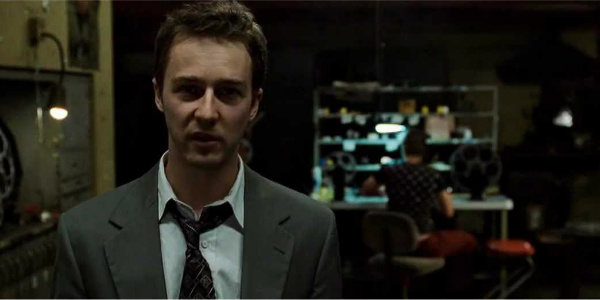
Raging Bull has one of the best shots and scenes in cinema of all time. At a low point in his life in one of his final fights la Motta practically begs for punishment and just before he gets what he asks for the film slows. It exhales. It coils itself up quietly, and first we get this medium shot (image 2), and then we get this one (image 4), and here, everything shifts. the crowd goes quiet. recedes into the darkness. Robinson looms closer, the lighting intensifies. we hold our breath, and then the pot boils over and it explodes. this shot is absolutely terrifying, utterly effecting, we feel a shift come over the film as if it comes over the imagery and know that something is coming. and whats particularly amazing about it as a medium shot is that Scorsese engages in that dynamic between person and environment. he is actively and conspicuously playing with the relationship between them and he does that with a camera movement, a dolly zoom.
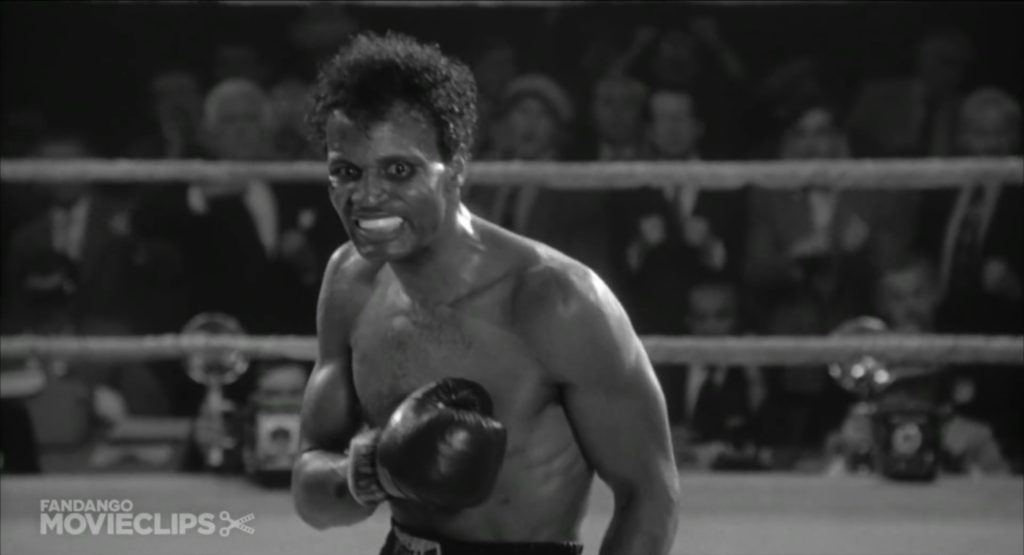

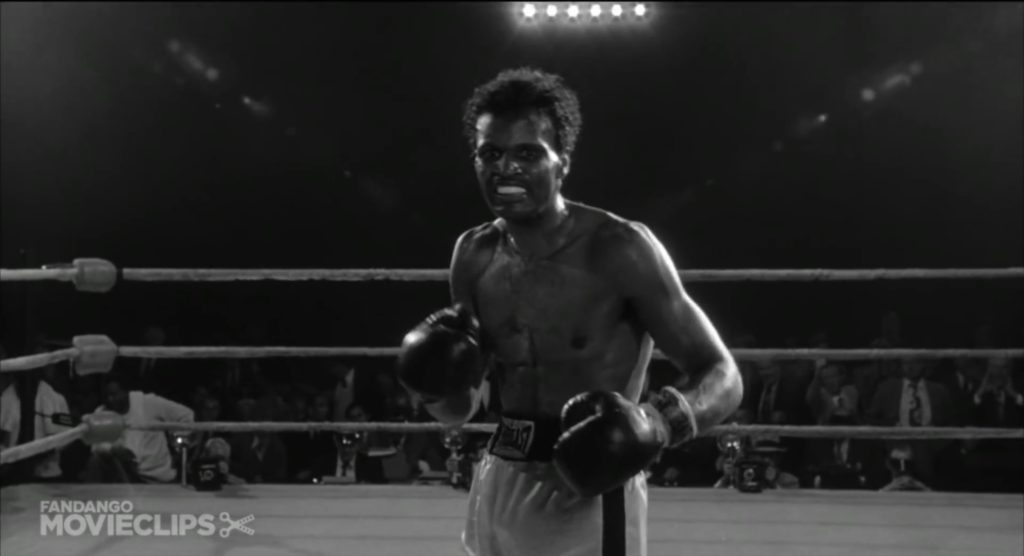
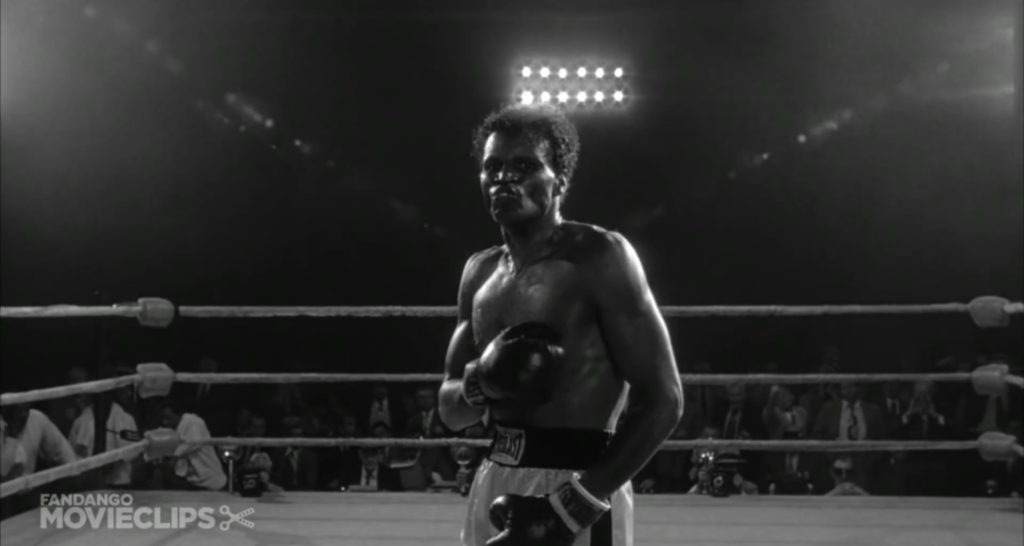


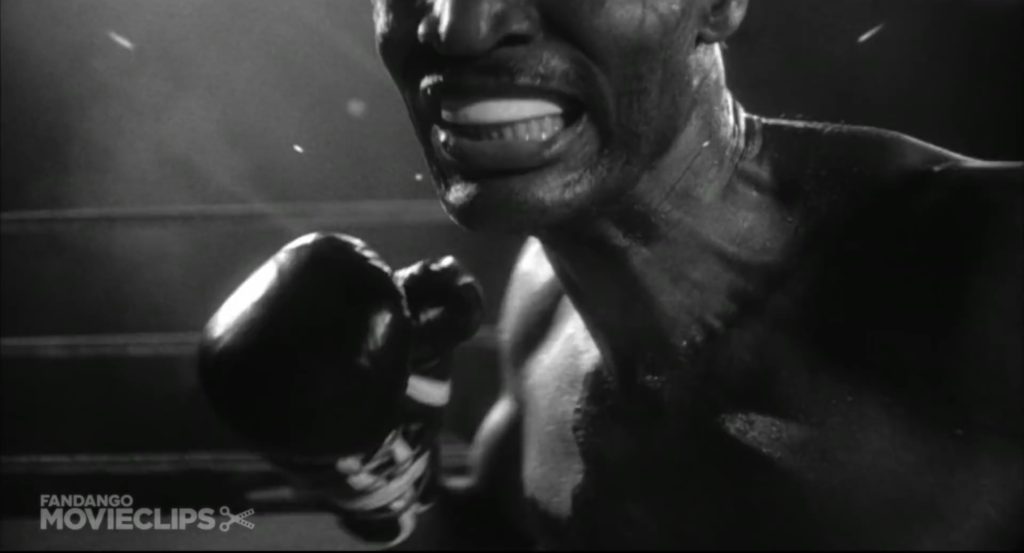
You might be familiar with the dolly zoom from Jaws and Vertigo. It involves changing the focal length of the lens by zooming while moving the camera to keep the subject in the frame at the same scale. The result of moving in while zooming out is that the background changes with respect to the subject and by doing this in a medium, Scorsese creates a perfect relational shot. We can see Robinson’s position, the physicality necessary for fighting, and most of all his expression. however, we can also see the ring around them as it becomes cavernous and vast and hollow and utterly barren. The men are alone out there, swallowed up by the ring and we can see how they feel about it, or in this case, how they feel in spite of it, all rage and hate and loathing and violence surrounded by an uncaring void, The moment has almost teleported them to their own plane. In a closeup this shot would lose its context it’s intentional sense of distance from the world outside the ring. In a long, we would lose the emotion, the detail of their faces, the powerful and potent twisted humanity which is why this is an incredible example of a medium shot.
The area in front of the camera that appears sharp in the frame is called depth of field. Depth of Field is defined as the range of acceptable focus on a shot or photograph. Deep depth of field, on the other hand, is the kind in which the entire frame, from the foreground to the background, is sharp or in focus.
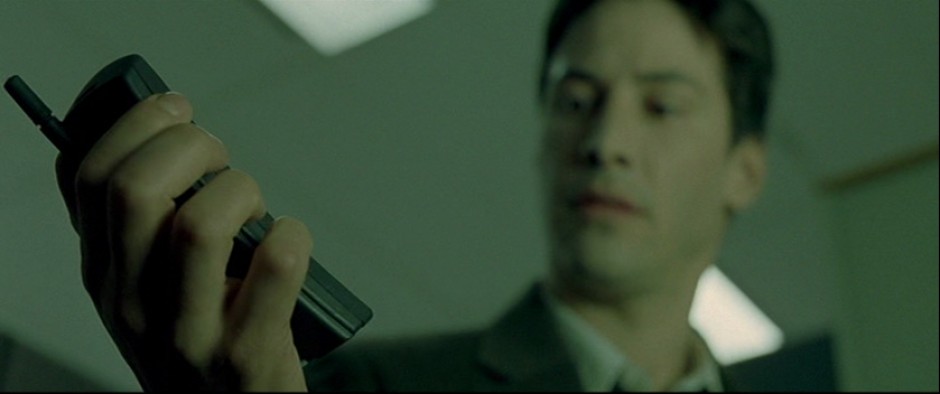
I chose Snowpiercer as my screenplay example because of one pivotal scene towards the end of the film. In this scene Chris Evans’ character confesses the reality and severity of his experiences at the back of the train, the soul-crushing performance primarily lends itself to the screenplay and writing. Another reason as to why i chose this scene was the relative ease of filming, as it features two characters and is primarily a monologue that cuts between the characters to present the harrowing nature of the story through dialogue and the facial expressions displayed by both characters.
